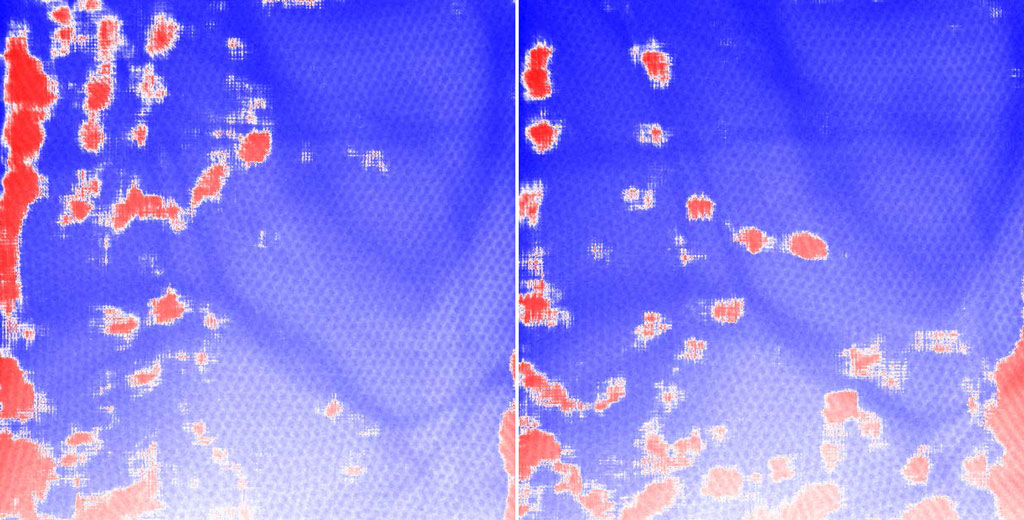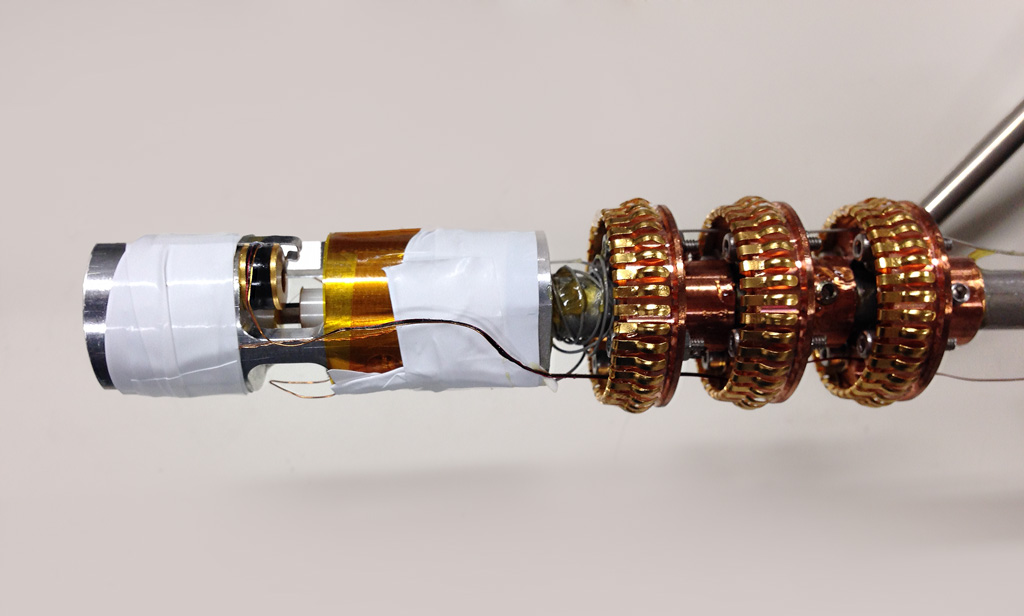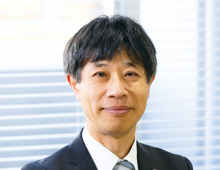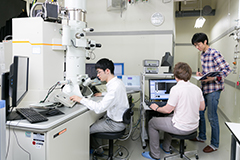| 1988 |
TORAY Co. Ltd. |
| 1991 |
Research Associate, Faculty of Science, University of Tokyo |
| 1994 |
Ph.D. (Science), University of Tokyo |
| 1995 |
Research Associate, Graduate School of Engineering, University of Tokyo |
| 1995 |
Associate Professor, Institute of Materials Science, University of Tsukuba |
| 2001 |
Group Leader, ERATO Tokura Spin Super Structure Project (-2006) |
| 2004 |
Professor, Institute of Multidisciplinary Research for Advanced Materials, Tohoku University |
| 2011 |
Professor, Graduate School of Frontier Sciences, University of Tokyo (-present) |
| 2007 |
Team Leader, Spin Order Research Team, RIKEN SPring-8 Center (-2014) |
| 2013 |
Team Leader, Strong Correlation Quantum Structure Research Team, RIKEN Center for Emergent Matter Science |
| 2023 |
Deputy Director, RIKEN Center for Emergent Matter Science (CEMS) |
| 2023 |
Group Director, Strong Correlation Quantum Structure Research Group, RIKEN Center for Emergent Matter Science (-present) |
| 2024 |
Director, RIKEN Center for Emergent Matter Science (CEMS) (-present) |








